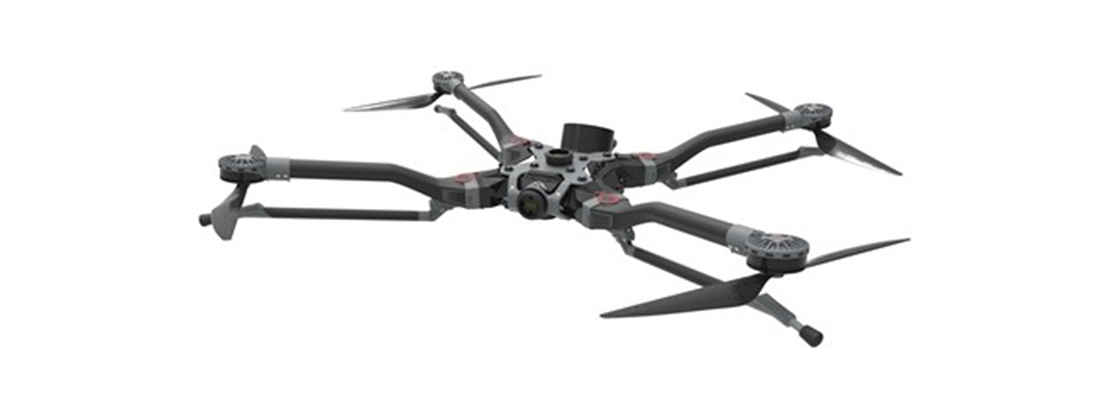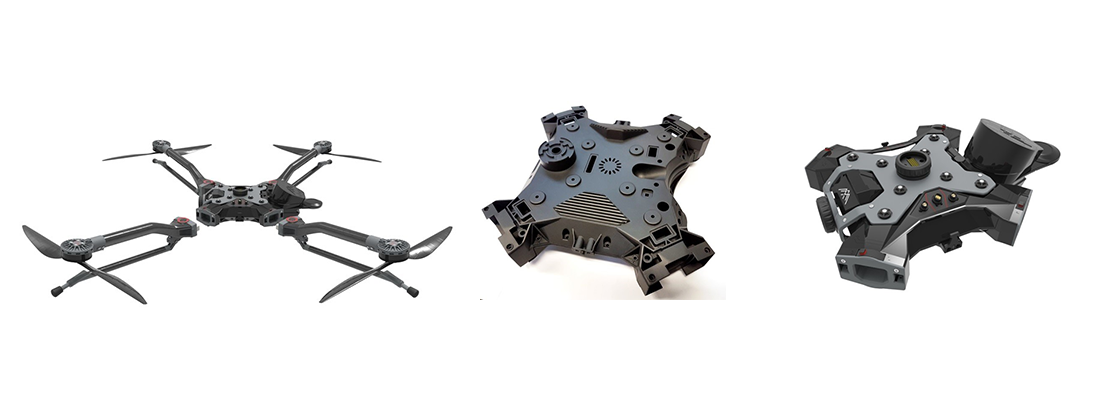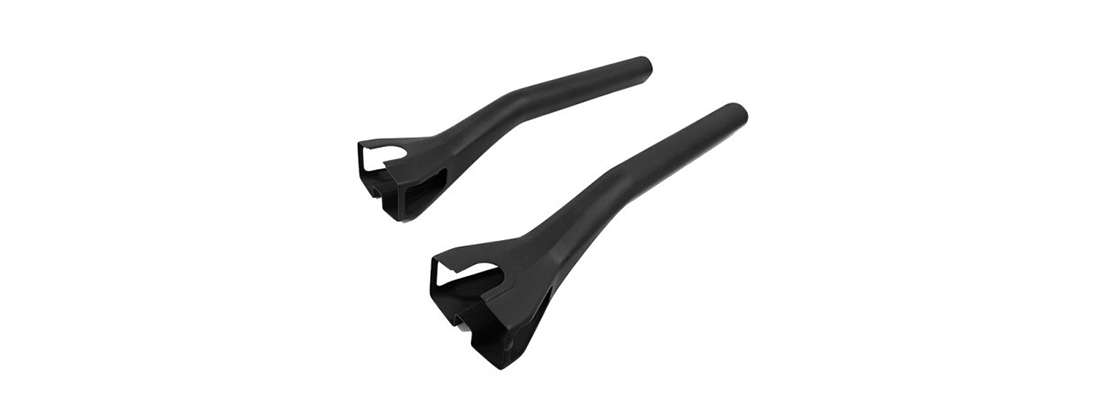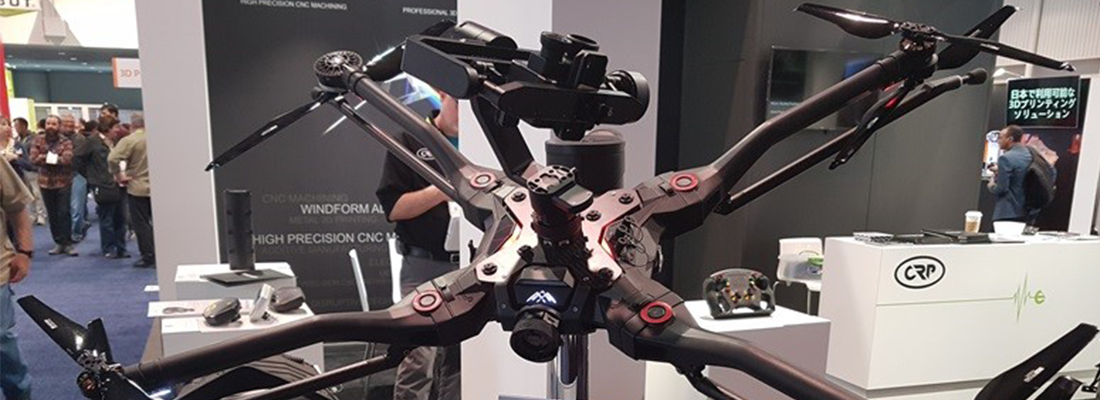Amsterdam Drone week works together with several partners from all over the world. We are constantly looking for inspiring people who are willing to share their stories and opinions on what drones can do for our world. This week we spoke to Simonetta, she shared her knowledge of drones for the maritime industry with us.
Drones were invented for military purposes but are now playing an important role in civil contexts too. Recently their use in the nautical world has stepped up considerably. Drones are used for leisure and for rescue. And small, easy to use underwater drones are used for cleaning the hull and are encouraging environmentally-friendly anti-fouling procedures.
Rescue drones - already used by the United States Coast Guard service - will soon be available on the civil market. These small remote-controlled boats can quickly carry a self-inflatable craft to shipwrecked persons in any weather conditions.
The Tundra-M
The Tundra-M is a professional modular drone built using Windform® and 3D printing looks. This drone is especially interesting in view of its numerous uses in the nautical sphere, its modular design and the materials used to make it. Tundra-M is a modular working prototype produced using selective laser sintering (SLS) technology and Windform® composite materials. Developed by CRP Technology for the motorsport industry, these composites are now being used in a wide range of applications in different kinds of sectors.

The Tundra-M project involved CRP Technology and Hexadrone, a French company that is leading the field in the construction of industrial and multi-functional drones. Using 3D printing and two carbon fibre-reinforced composite materials, CRP created the Tundra-M prototype. The four arms are made of Windform® XT 2.0, while the main structure (central body/fuselage/bodywork) is made of Windform® SP.
A multi-function prototype
Hexadrone designed the drone and the idea was to use composites to create the various components. The meaning of the project was to create a “modular” drone: a drone that can be assembled and dismantled. The Tundra-M consists of a two-part frame, joints, a system (patented by CRP) to rapidly attach and detach the parts, and components forming the mobile arm system (patented by Hexadrone).
By using this technology and these materials, time and money have been saved. A rapid repetition process was needed, as well as the best possible relationship between structural resistance and weight and the production of a multi-function prototype.
All of these specifications were satisfied in full using laser sintering technology and Windform® composite materials. This makes it possible to make working prototypes that enjoy all the advantages of injection moulding, but without the disadvantages of this traditional technology in terms of costs and timescales.
Equipped with an emergency parachute
The materials selected for the prototype have similar properties and features - such as density, colour, breaking load, modulus of elasticity, modulus of resistance and elongation at rupture - to the materials that will be used during production. So it was possible to test the prototype in real conditions.
The central body and the supporting feet are made of Windform. The body, which consists of the frame and a removable cover, contains the Tundra-M’s nerve centre: the main circuits and the cooling system.

A strong and waterproof material was needed for the body: not only is it equipped with a two-battery emergency parachute, but it is the structure to which the four extractable modular arms are attached. For this reason, a carbon fibre-reinforced composite material was chosen.
The removable supporting arms, which can be replaced using a locking and unlocking device, were also made from the same carbon fibre-reinforced composite.

Reliability of these 3D-printed composites
The use of SLS technology combined with composite materials made it possible to reduce costs with respect to plastic injection moulding. From an economic perspective, injection is viewed as too risky, especially if design flaws are noted after the mould is made. In addition, the thermal properties of the materials used in SLS are particularly well-suited to drone prototypes, as are their mechanical properties, making these materials very competitive.
The Tundra-M prototype was tested immediately. Tests included the assembly/dismantling of the various parts to check the structure and the fatigue strength of the composites; landing tests, in which the feet of the drone must be able to bear the weight of the device and the stresses caused by the opening and folding of the landing systems; and flight tests, to determine whether the assembled parts can handle the stresses connected with the numerous flight scenarios. All of the tests fully demonstrated the high degree of reliability of these 3D-printed composites.
Tundra®, the first Hexadrone drone, was designed by Raphael Chèze and won the Red Dot Award 2018 for the drone category.
Selective laser sintering
SLS technology was invented by Carl Deckard at the University of Texas at Austin in 1984.
In the SLS process, microscopic plastic particles (nylon powder) are exposed to a high-power laser which fuses and moulds them to create a three-dimensional solid object.
The powder is first spread onto a platform to create a layer about 0.1 mm thick. The powder is then hit by the laser, which melts it into a compact layer. Any non-sintered powder on the platform acts as a base for the subsequent layers, and so on until the object is complete. At the end of the process the object is detached and any non-sintered powder is removed.
Selective laser sintering using carbon fibre-reinforced composite polyamide (nylon) material
Windform® SP, produced by CRP, is a carbon-reinforced polyamide-based material. It is deep black in colour. The material has high resilience and elongation at break values, as well as high thermal properties and resistance to high temperatures and to liquid and moisture absorption. These properties make it possible to produce accurate, reliable and long-lasting prototypes and are perfect for functional applications.
Windform® SP is recommended for all applications that require resistance to damage, vibration, deformation and high temperatures.






